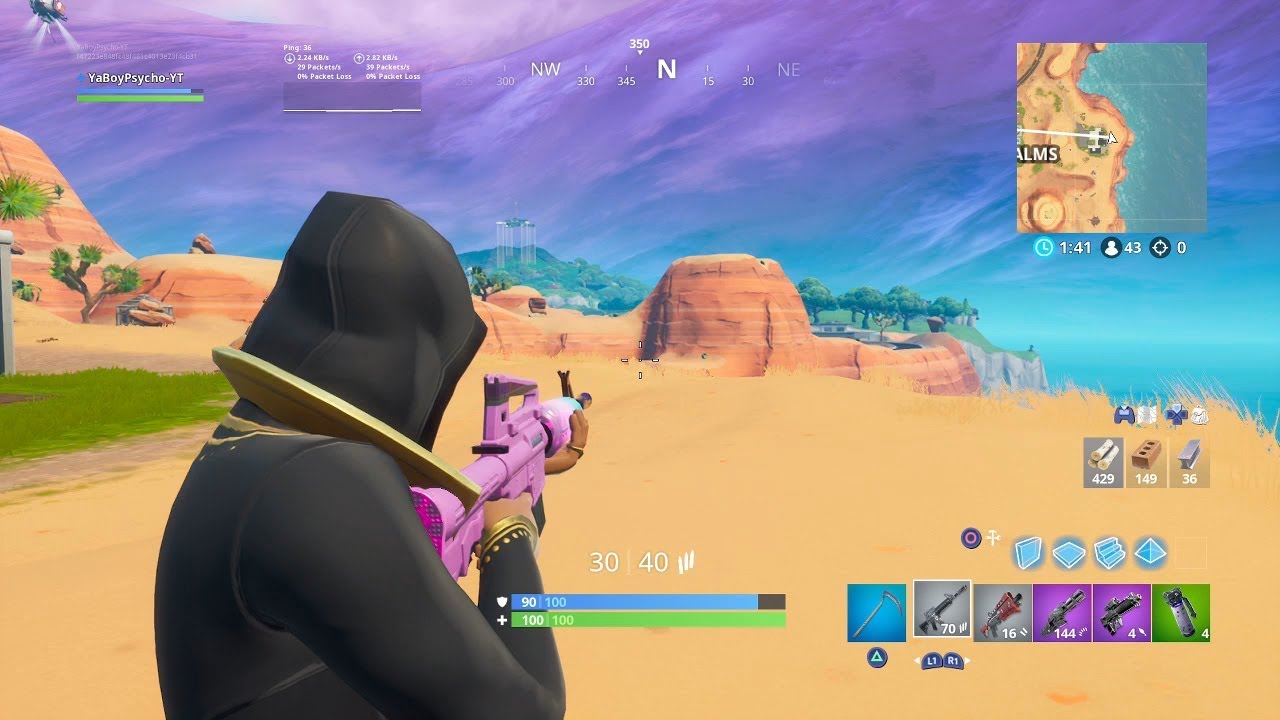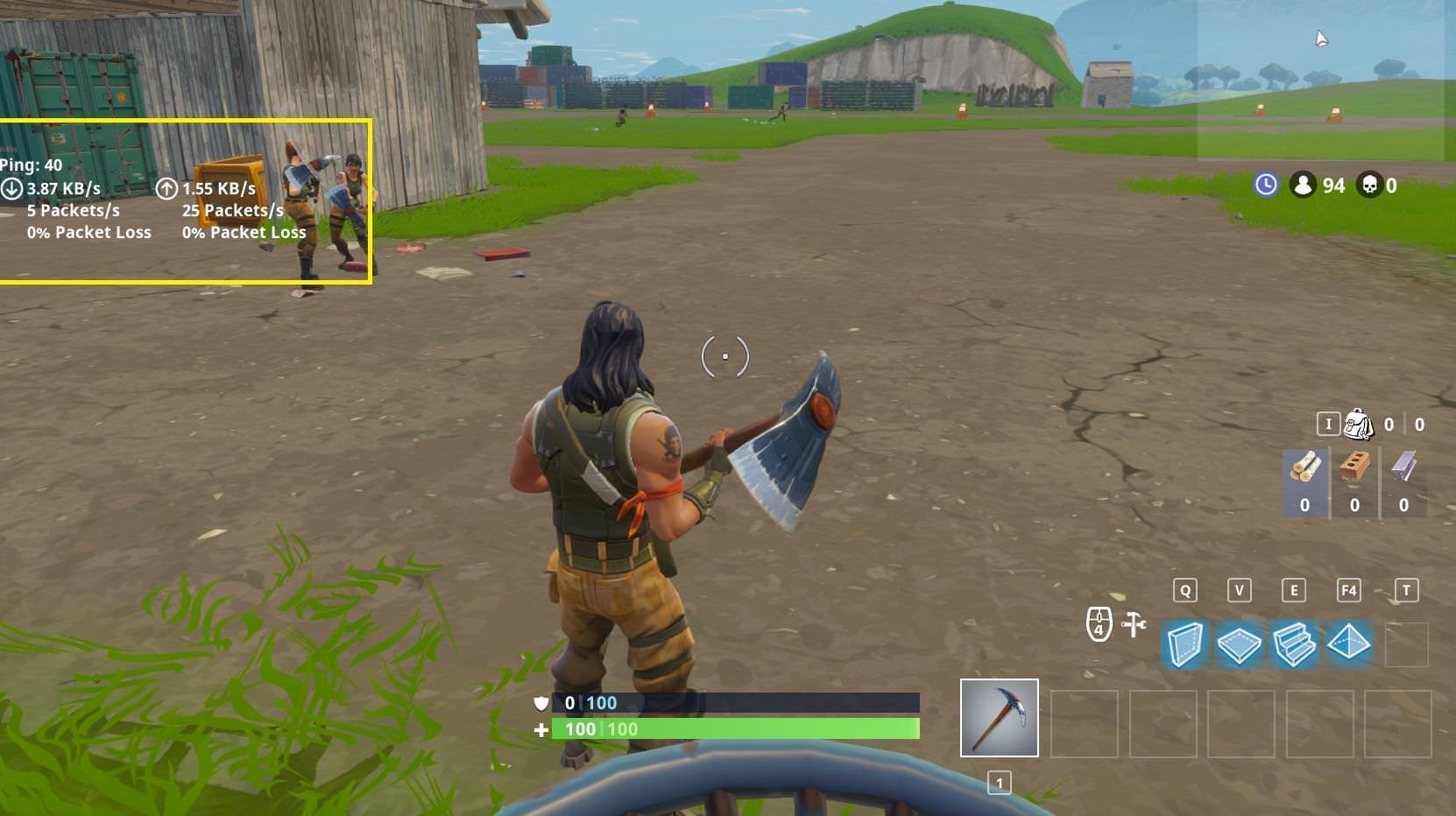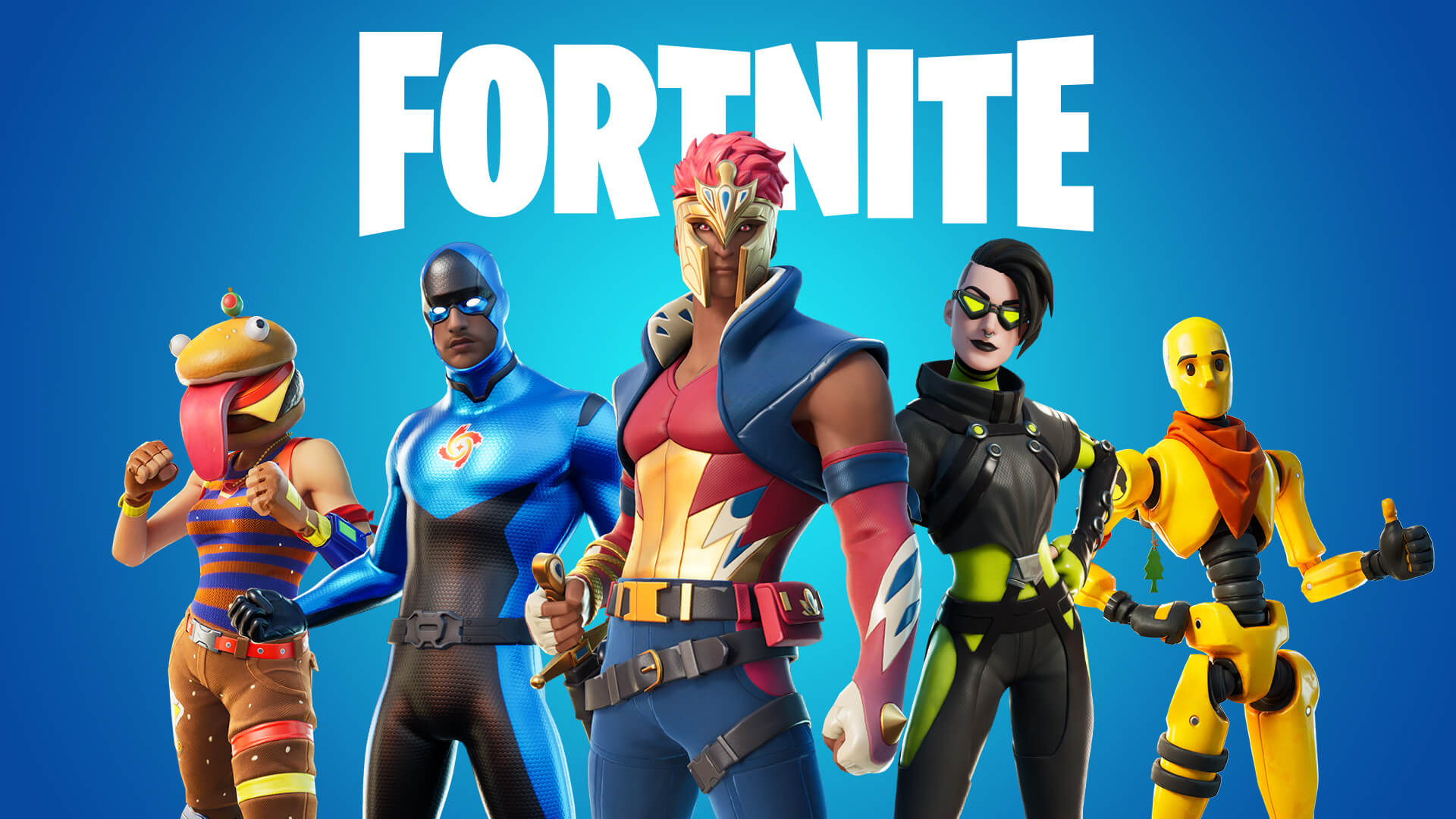In the past few years, Epic Games’ Fortnite has exploded in popularity. The 3rd-person Battle-Royale game has quickly become a household name, with even non-gamers becoming familiar with the animated avatars players take control of. The game is targeted towards players who enjoy online multiplayer battles; this typically includes hardcore teen and college gamers but has also attracted younger and older casual gamers who simply enjoy playing the matches with their friends even though they might not be as experienced. One core element of the game’s incredible success in broad audiences is its symmetric design, wherein all players seemingly start with an equal chance of winning i.e. there is no difference in their resources or positions.
THE FUN OF A LEVEL PLAYING FIELD
The key thing about Fortnite is that there’s nothing in its mechanics or design structure that rewards players’s experience with enhanced in-game ability. Any upgrades […] are purely cosmetic in nature…Theoretically, this means that a player could be dropped into the map on their first-ever game and win.
The key thing about Fortnite is that there’s nothing in its mechanics or design structure that rewards players’s experience with enhanced in-game ability. Any upgrades that you might get by collecting the in-game currency are purely cosmetic in nature. This means that you might get a cool looking Thanos-skin or Thor’s Hammer (from Marvel’s Avengers), but it no way affects your gameplay. All weapons are collected in-game through loot boxes, so there’s no super weapon to purchase either. Theoretically, this means that a player could be dropped into the map on their first-ever game and win. All players are also dropped in at the same time and can choose where they land so the game doesn’t advantage any player in terms of where they spawn.

This meritocratic nature of the game makes it appealing to new and old players. Every player feels likes they’re always one move or one kill away from winning the game. This also increases the game’s replay value. Since the only thing to separate players apart is their own skill (and some luck), players are encouraged to play again and again to develop more fluid responses and increase their chances of winning the game.
SOME CAVEATS TO FORTNITE’S PERFECT BALANCE

Of course, no game is really ‘perfectly balanced’ and Fortnite is no exception. For starters, while the upgrades that players can purchase are only cosmetic in nature, buying a rare skin makes a player seem highly skilled during a round. This makes it more likely that other players will avoid them, which unfairly helps the player with the skin. On the flip side, buying really vibrant or rare skins also makes players highly noticeable, which means they might be unfairly targeted by more players during the game and become frustrated. Another balance issue that hurts every online multiplayer game is that players with superior internet connections (or hardware) are likely at a greater advantage due to low latency times in their gameplay. This can make players who don’t have great connections or hardware really agitated.
…while Fortnite might market itself as a level playing field, in reality, higher skilled players will always win a greater proportion of times because they can shoot more accurately or build faster. […] the key thing to note here is that this particular imbalance is still seen as ‘fair’. This is because unlike other imbalances […], skill levels are seen as imbalances that can be corrected over time through hard work and practice.
Perhaps the biggest caveat when it comes to Fortnite’s balance is that players inherently have different skill levels owing to how long they’ve played the game and how familiar they are with similar games in general. Therefore, while Fortnite might market itself as a level playing field, in reality, higher skilled players will always win a greater proportion of times because they can shoot more accurately or build faster. Although this absence of balance can be frustrating for beginners, the key thing to note here is that this particular imbalance is still seen as ‘fair’. This is because unlike other imbalances like bad hardware that are perhaps out of the player’s control, skill levels are seen as imbalances that can be corrected over time through hard work and practice. In a way, this form of imbalance actually makes the game more popular, since players are encouraged to play more in order to get better. It also adds to the game’s fun, because watching yourself get better and placing higher in rounds feels rewarding.
CONCLUSION
Therefore, while Fortnite is still plagued by certain cases of imbalance (like most online multiplayer games), it’s overall design philosophy of having all upgrades be cosmetic and having everyone start from zero every round separates it from past shooters and increases its appeal to new and old players alike.



